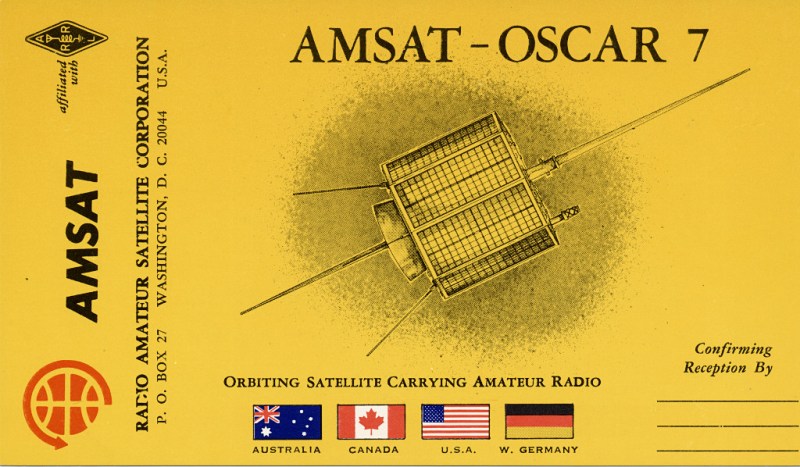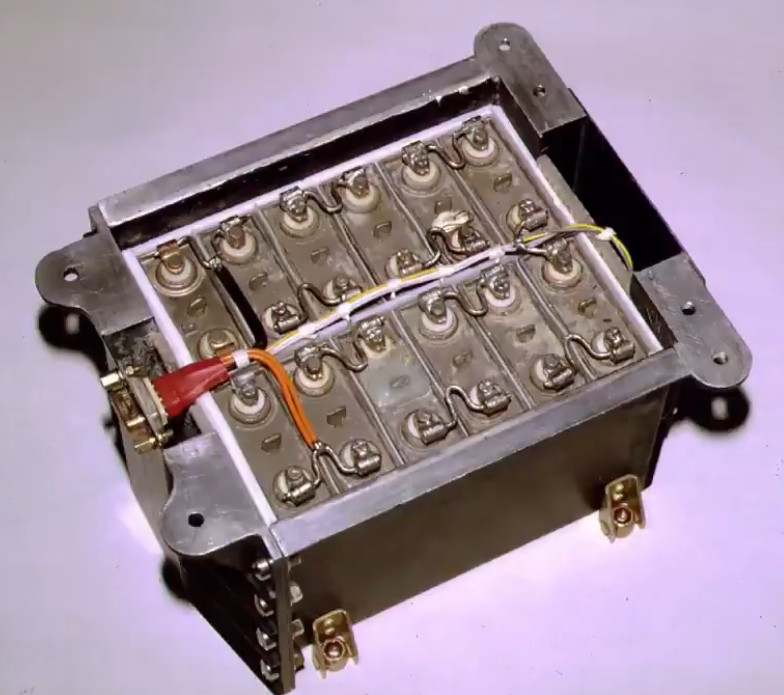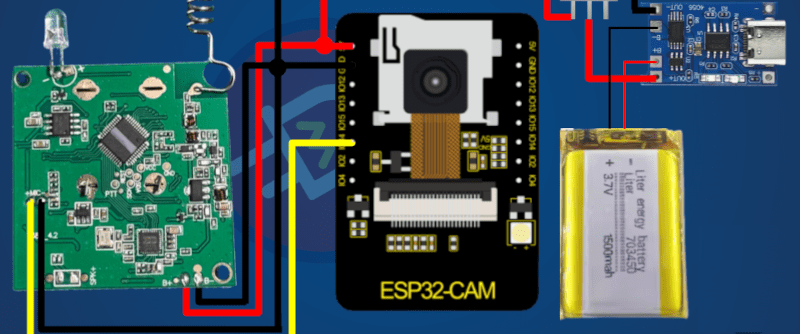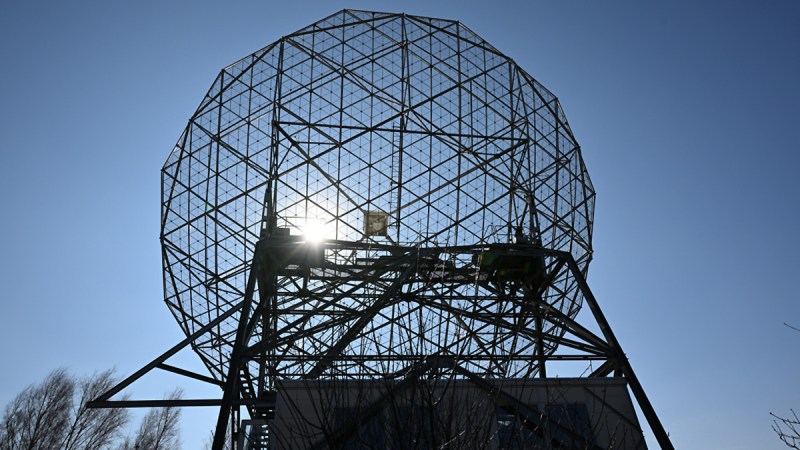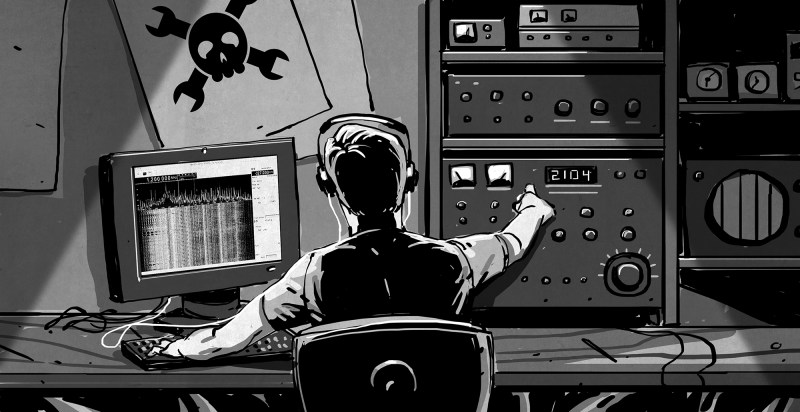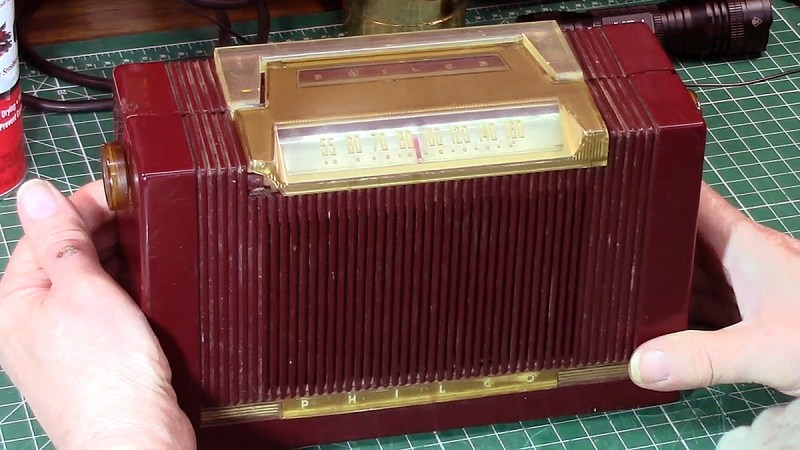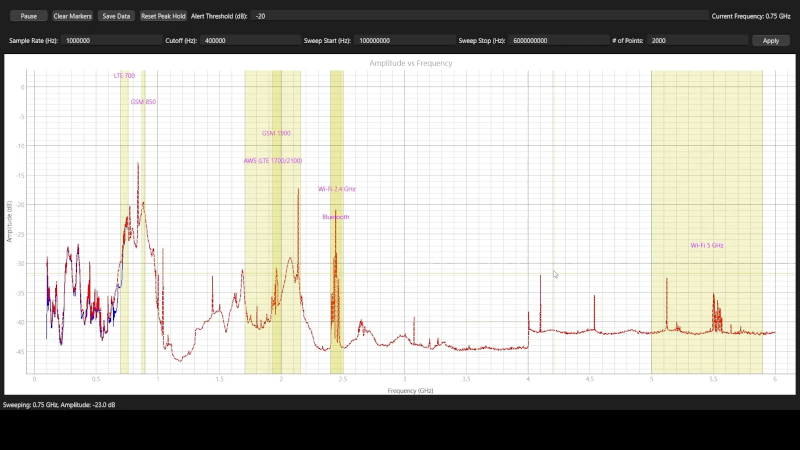
The RTL-SDR dongles get most of the love from people interested in software-defined radio, but the Pluto is also a great option, too. [FromConceptToCircuit] shares code to turn one of these radios into a spectrum analyzer that sweeps up to 6 GHz and down to 100 MHz. You can see a video of how it works below.
While it may seem that 100 MHz is a bit limiting, there’s plenty of activity in that range, including WiFi, Bluetooth, radio systems, both commercial and amateur, and even cell phones.
The system uses a lock-in amplifier technique for best performance. The Python code is straightforward. You simply scan all frequencies and determine the signal strength at each point. Of course, the devil is in the details.
We covered using Pluto with GNU Radio a while back. We like how it connects like a network adapter, among other things. Spectrum analysis is a common project for one of these SDRs.
